Brick wall or plants over wet area of yard?
clueless_in_alabama
15 years ago
Related Stories
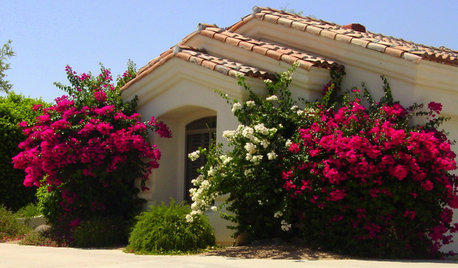
LANDSCAPE DESIGNGreat Design Plant: Sun-Loving Bougainvillea Showers Yards With Color
Bring unbeatable vibrancy to a garden or wall with this unfussy and trainable shrub packed with colorful bracts
Full Story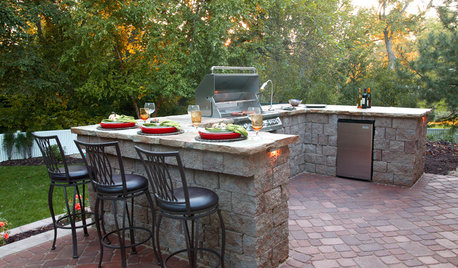
MOST POPULAR13 Upgrades to Make Over Your Outdoor Grill Area
Kick back on your patio or deck with a grill that focuses on fun as much as function
Full Story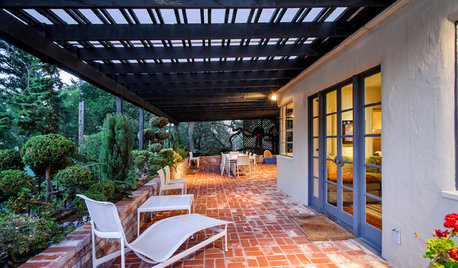
PATIOSLandscape Paving 101: How to Use Brick for Your Path or Patio
Brick paving is classy, timeless and a natural building material. Here are some pros and cons to help you decide if it’s right for your yard
Full Story
FARM YOUR YARDHow to Build a Raised Bed for Your Veggies and Plants
Whether you’re farming your parking strip or beautifying your backyard, a planting box you make yourself can come in mighty handy
Full Story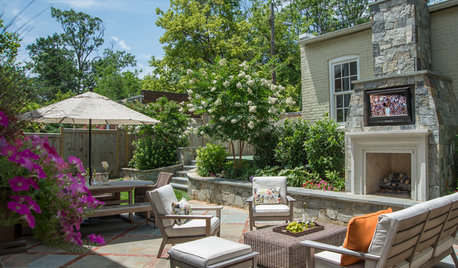
PATIOSTerraces, New Plantings and Basketball Transform a D.C. Backyard
Bluestone and brick surfaces, a fireplace, a green-and-white plant palette and a new sports court suit a family’s outdoor lifestyle
Full Story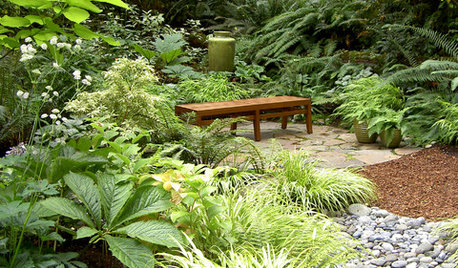
GARDENING GUIDESGreat Garden Combo: 6 Beautiful Plants for a Shady, Wet Site
Transform a shade garden with moisture-loving golden grasses, textural leaves and a sprinkling of flowers
Full Story
INSPIRING GARDENSNative Plants Bring 10 Southern California Front-Yard Gardens to Life
Rare plants, rain gardens and wildlife habitats are just a few of the features showcased on the 2016 Theodore Payne Native Plant Garden Tour
Full Story
GARDENING GUIDESGrow Your Own Privacy: How to Screen With Plants and Trees
Use living walls to lower your home and garden's exposure while boosting natural beauty in your landscape
Full Story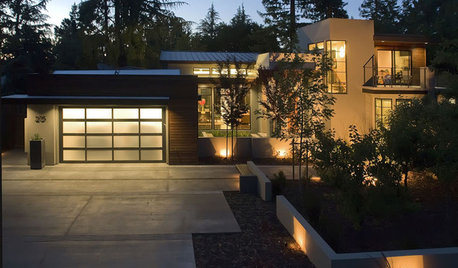
REMODELING GUIDESConcrete Driveways: Poring Over the Pros and Cons
Concrete adds smooth polish to driveways and a sleek look to home exteriors, but here are the points to ponder before you re-surface
Full Story
HOUZZ TVHouzz TV: How to Make and Plant a Veggie Box
See how to start edibles from seed, then transfer the seedlings to a box on stilts to make harvesting more fun
Full Story


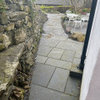

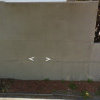

mystic_dragon72
bahia
Related Discussions
Help with wet yard
Q
Is my yard safe to plant in? Lots of dog feces over the years.
Q
What do I do with this wet spot in my yard?!
Q
area of yard lower, and always WET
Q
clueless_in_alabamaOriginal Author
barefootinct
dbs_illinois_4
clueless_in_alabamaOriginal Author
isabella__MA
lpinkmountain
clueless_in_alabamaOriginal Author
isabella__MA
mjsee
lpinkmountain
mjsee
lpinkmountain
pennymca
DYH
clueless_in_alabamaOriginal Author
Frankie_in_zone_7
mommameyer
nandina
isabella__MA
pls8xx
mommameyer
nandina
pls8xx
pls8xx
nandina
joepyeweed
isabella__MA
mommameyer